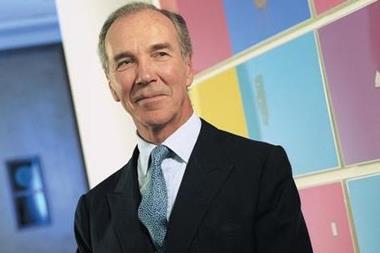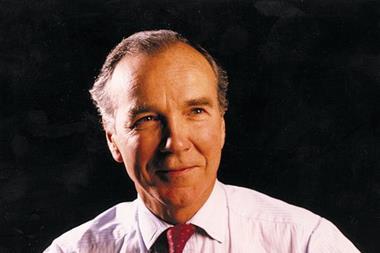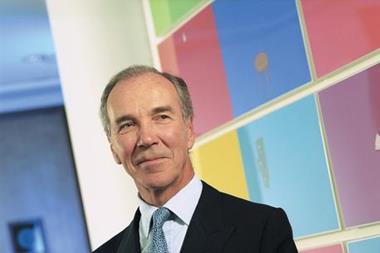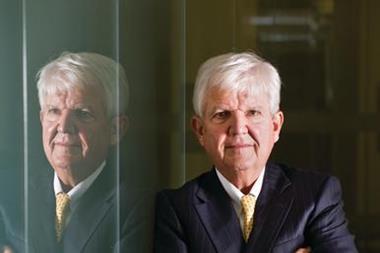Hiscox’s focus on specialist areas has helped it to outperform the market
While Lloyd’s insurer Hiscox’s first-half pre-tax profit slumped 31% and its return on equity (ROE) almost halved, analysts have praised the insurer’s performance in what was a tough half for the industry. Furthermore, they believe the company’s focus on profitable niches will help it manage the price cycle better than its peers as rates soften.
Like its peers, Hiscox was hit by catastrophe losses in the first half of the year. It expects £100m in losses from the Chilean earthquake and Windstorm Xynthia combined, and estimates that its bill from the Deepwater Horizon explosion to come in below £10m. But the firm still managed to beat some analysts’ expectations.
Analyst with Oriel Securities, Thomas Dorner, was particularly impressed with Hiscox’s 7% growth in net tangible assets a share, which he deems an important measure of shareholder value creation.
“I was surprised that in the face of what was a poor first half for just about everyone, Hiscox grew net tangible assets per share by more than any of the companies that have reported so far in the UK.”
Numbers look good
Hiscox’s first-half 2010 combined ratio, excluding positive foreign exchange effects, was 94.8%, compared with 87.8% in the same period, while its investment return was 1.7%, or 3.5% on an annualised basis.
“It was a very good set of numbers in the circumstances,” Dorner said. “The underwriting result was good but so was the investment return, so it was a decent performance across the board. All things considered, given where interest rates are, Hiscox has done a very good job of sustaining a good investment return in a very low interest rate environment.”
Even though Hiscox’s first-half 2010 ROE of 14.8% was well below the 27.5% reported for the comparable period for 2009, it still impressed analysts. “Their return on equity generation was good – better than Amlin’s,” analyst at stockbroker Jefferies, Nick Pope, said.
Amlin, which reported its first-half results on the same day, posted an annualised ROE of 10.6%.
In control
Analysts are also upbeat about Hiscox’s ability to manage through the current period of softening rates, thanks to its risk selection. “Hiscox operate in a lot of speciality classes, which they dominate, and that is quite a large part of its business. They tend to be more stable than some of the other Lloyd’s insurers,” Pope said. “They will be less heavily impacted by falling rates because they effectively control the classes they operate in, giving them greater control over rates.”
Dorner points to Hiscox’s generally flat gross written premium of £904m versus £906m, driven by reduction in some areas and expansion in others, as evidence of Hiscox’s ability to manage the cycle. For example, Hiscox cut gross written premium in its London market division by 15% to £383m, while boosting its UK and Europe premiums by nearly 12% to £248m.
“Hiscox is growing in areas where the pricing pressure isn’t as severe and contracting in those areas where it thinks pricing will continue to come under pressure,” Dorner said. “That is exactly what you should be doing if you are a disciplined underwriter.”
Share price stuck
But the future is not all bright for Hiscox. As with other groups that write insurance and reinsurance business in the USA, much depends on what the North Atlantic hurricane season, which runs from June to November, and where windstorm activity usually picks up in September.
In addition, there may be little further upside in Hiscox’s share price. Pope points out that Hiscox’s shares are currently trading at 1.1 times the company’s tangible book value. "I think they are fairly fully valued at that level, and while it was a pretty decent set of results, I struggle to see a catalyst to really get the shares going for the rest of the year,” he said.
This will do little to please Hiscox chairman Robert Hiscox, who described the 1.1 times premium to book value as a “bloody low valuation for a company with a global franchise."
Read our story: Hiscox chairman comes out fighting as profits fall 31%.
Hosted by comedian and actor Tom Allen, 34 Gold, 23 Silver and 22 Bronze awards were handed out across an amazing 34 categories recognising brilliance and innovation right across the breadth of UK general insurance.













































